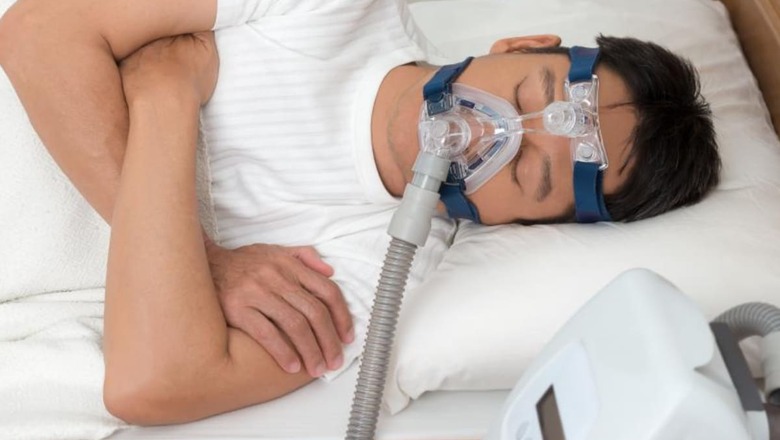
views
Obstructive Sleep Apnea is a sleep-related breathing disorder that involves a decrease or complete halt in airflow despite an ongoing effort to breathe. It occurs when the muscles relax during sleep, causing soft tissue in the back of the throat to collapse and block the upper airway This leads to partial reductions (hypopneas) and, Complete pauses (apneas) in breathing that last at least 10 seconds during sleep. Most pauses last between 10-30secs, but some persist even 1 minute or longer. This can lead to abrupt reductions in blood oxygen saturation with oxygen levels falling as much as 40% or more in severe Cases.
The brain responds to the lack of oxygen by alerting the body Causing a brief arousal from sleep that restores normal breathing. This pattern can occur hundreds of times in one night. The result is a fragmented quality of sleep that often leads to excessive daytime sleepiness.
Most Common symptoms are:
- LoudSnoring- Not all Snoring is OSA, however, all OSA patients have snoring.
- Awakening due to gasping or choking.
- Witnessed pauses in breathing.
- Restless sleep.
- Morning Sore throat / dry mouth.
- Frequent restroom visits.
- Early morning headache.
- Excessive daytime fatigue & sleepiness.
- Depression / Irritability.
- Poor Concentration.
Risk factors for OSA
- Obese/overweight individuals.
- Older age.
- NarrowedAirways.
- Hypertension / high BP.
- Chronic nasal Congestion.
- Smoking.
- Diabetes.
- Male gender.
Complications
- Daytime fatigue & sleepiness-poor performance.
- Higher risk of road accidents/work-related accidents.
- Cardio Vascular Problems.
- Risk for coronary heart disease, heart attacks artery failure & strokes, increases.
- Rick of arrhythmias leading to Sudden death.
- Sleep-deprived partners – disruption in relationships.
Diagnosis
A sleep study (polysomnography) Can be conducted to diagnose OSA either in the confines of your home / in a sleep lab.
Treatment:
- Continuous Positive airway pressure (CPAP) devices work best to treat OSA in most people where positive pressure is pumped in through a mask to keep the airway open while you sleep.
- Losing excessive weight may also be an option to treat OSA.
- Surgical options may not completely – abate OSA and have long-term side effects.
Contact your sleep specialist:
- If Snoring is too loud to interfere with others’ sleep.
- Waking up gasping or choking.
- Pauses in your breathing while you are asleep.
- Excessive daytime sleepiness, fatigue & lack of Concentration while at work / while driving.



















Comments
0 comment